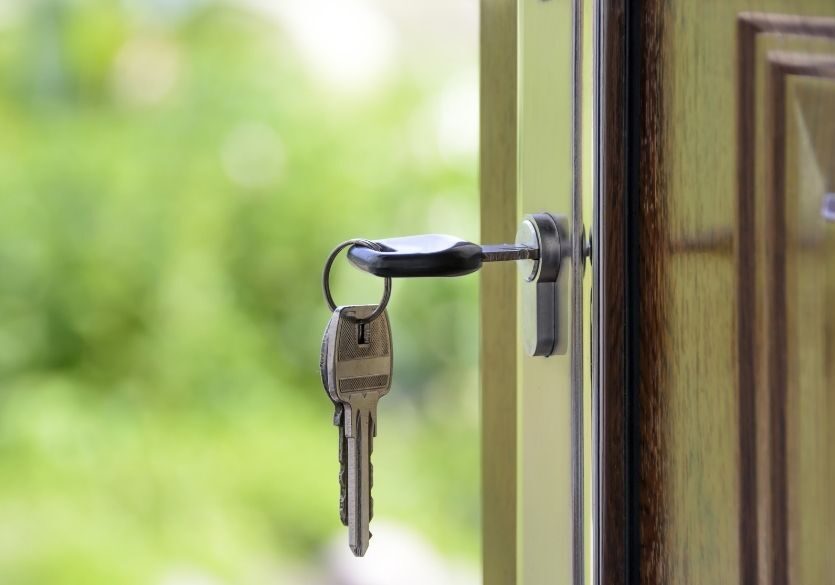
The complete guide for first time renters
So, you’ve finally decided to move out of the family home and rent a house. There is lots of fun to be had in being a first time renter but it pays to be organised and have a good understanding of the market.
Hunting for the perfect rental is the fun part, but once you find the property, things start to get serious and you will have to be organised if you want to beat other potential tenants and impress the landlord.
Here, we’ve compiled the ultimate first-time renters cheat sheet that will tell you what you need to know before you sign on the dotted line.
Finding a rental property to inspect
When looking for a place to rent, it’s a good idea to sit down and make a “must have” list so you can make sure you find the right place. Then you can start your search and shortlist place to view.
If you’re interested in a rental, you’ll need to start by either making an appointment to view the place or attend at the advertised time it’s open for inspection.
If you are a first-time renter, you should prepare your application early, so that you can submit an application as soon as you find the right house, as this is often the difference between securing a rental and missing out.
It’s good practice to have spare digital and physical copies of all the documents you need to include in an application, including identification, phone bills, and payslips.
These prove who you are, show that you have a stable income, and help to show that you’re capable of looking after a rental property.
Of course, references will also be important. Which is why you should line them up well before any inspections, and let them know that a property manager or landlord may call once you’ve lodged an application.
As a first time renter, you do not have a rental history, so choose referees who are credible and relevant. A boss or colleague is often a good choice.
Inspect the property
It may sound like an obvious step, but some first time renters hunt for a house online and fail to inspect the property before signing a lease, only to find their dream rental property is a dud.
Renters should visit a property at least once to check:
- the property is not damaged
- the garden is maintained
- all current appliances, including ovens and heaters, are working
- the number of bedrooms is as stated.
Inspecting a rental also gives you the opportunity to get to know the agent and ask them for tips on how to put together a winning rental application, which could put you ahead of the competition.
What is a residential tenancy agreement?
If you are successful, a landlord will want you to sign a contract known as a residential tenancy agreement, or a “lease”.
This may feel daunting for first time renters, but you must have a legal contract between you, the tenant, and your landlord.
Why is a residential tenancy agreement important and what should outline?
- the amount of rent and how it is to be paid
- the length and type of tenancy
- the amount of bond required
- details on what will happen if you break the lease or ask to leave before the agreement expires
- special terms related to pets and cleaning requirements
What is a bond?
When signing the contract, you will be asked for a bond, which is a deposit that serves as security for the landlord or owner, in case you don’t meet the terms of your lease.
Your landlord may claim some or all of the bond for cleaning, repairs, or replacement of missing items at the end of your agreement.
The bond and rent are separate payments and often you will be asked to pay a certain amount of rent up front as well.
You cannot use any part of the bond as rent, which means when you move out, you can’t ask the landlord to deduct your final rental payment from your bond.
In Victoria, the bond is paid to the Residential Tenancies Bond Authority (RTBA), where it is held in trust until the end of your residential tenancy agreement.
What is a condition report?
A condition report is a document that notes the state of the property when you first move in.
The landlord or owner must prepare a condition report for you to check and sign within days of moving into your home. It should include detailed information on the condition of the property’s walls, doors and floors, and cover existing damage or issues with any furniture and appliances.
Take photos before you move in to help record the property’s original condition.
The condition report is important because it can be used as evidence if there is a dispute about who should pay for cleaning, damage or replacement of missing items at the end of the agreement. Which means it’s very important that you and the landlord agree on the contents of the condition report before signing it.
Landlords can claim a portion of your bond if you fail to leave the property in the same condition as when you moved in. They must, however, account for wear and tear.